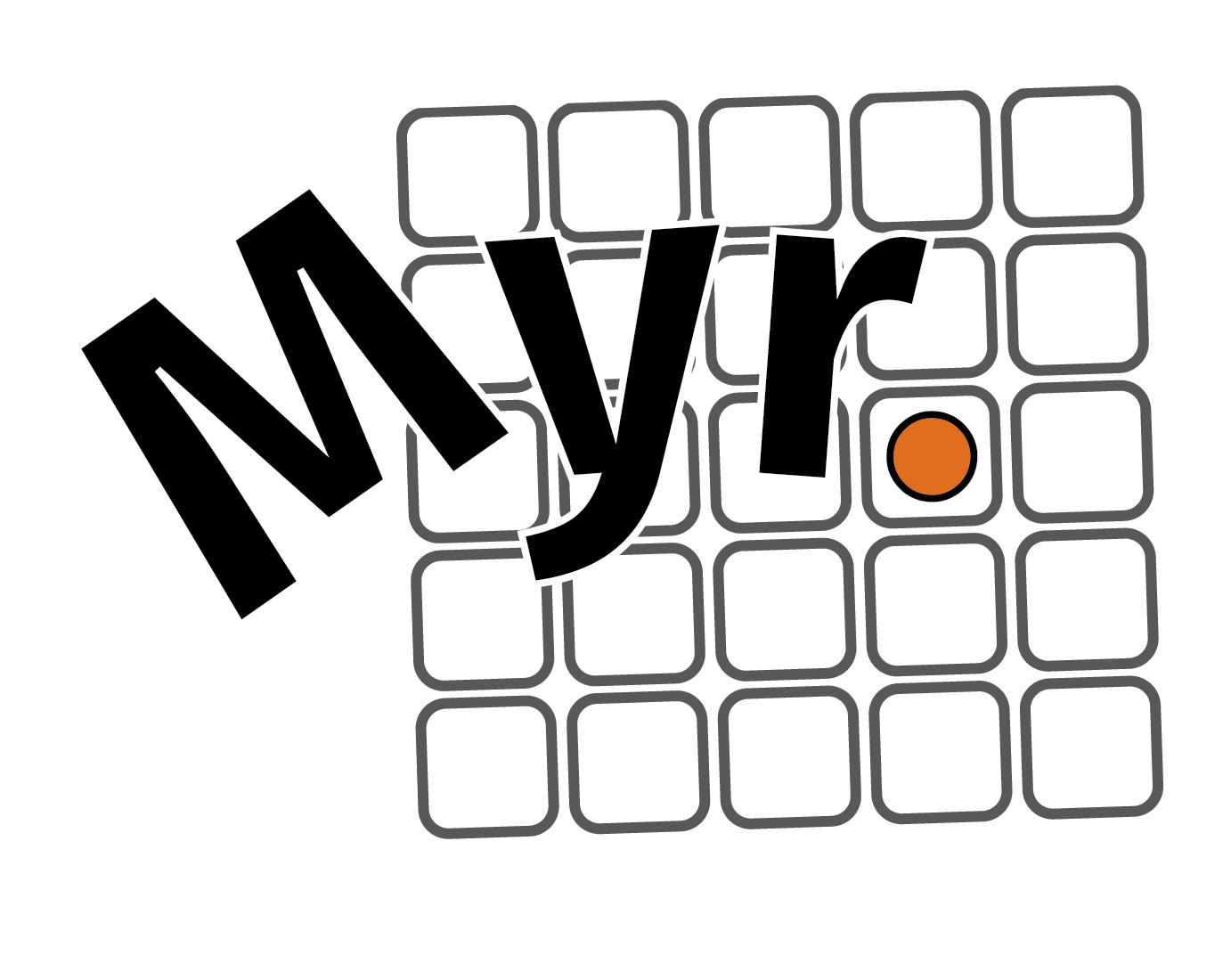megayear research incubator

Our fledgling research incubator is aimed at building new open-source computational tools for astrophysics research. We are based at the University of Texas Department of Astronomy, in the Physics, Math, and Astronomy (PMA) building.
Current Software Architecture Projects
Our collective currently has four ongoing software architecture projects.
- muler is a Python API for data from echelle spectrographs.
- gollum is a Python API for precomputed synthetic stellar spectral models of stars and brown dwarfs.
- blasé is a PyTorch-based framework that adapts machine learning to high-grasp stellar échelle spectroscopy.
- ynot is an image-modeling framework for raw 2D echellograms aimed at precision extraction of low signal-to-noise ratio stellar spectra.
People
gully is the founding member of the research collective and a full-time research fellow at UT Austin.
We have a new group of students joining us for Spring 2022. Stay tuned!
Recruiting new members for Fall 2022
We are recruiting new members for Fall 2022. We seek UT Austin undergraduate or graduate students with some experience with Python programming. Our incubator will help grow your skills and knowledge through practical open-source computational astrophysics research. To apply, please email gully or other group members with an introduction about yourself and your interests.
Core values
Our research incubator shares the mission and values of the University of Texas at Austin, expected of all students, faculty, and staff. In addition to those, we have two key guiding principles specific to the technologies we produce, and how we produce them.
-
Make our codes public, open-source, and permissively licensed. When feasible we make projects open source from the beginning. At other times we may at first make a project private, with the intention of open sourcing it at a key milestone, such as the submission to a journal or publication of the paper.
-
Make our research reproducible. We specifically make our projects reproducible through the following steps. We conduct all code conversations and contributions with public version control on GitHub. We provide instructions or scripts for how to retrieve data and models from the original source. When feasible, we provide raw and/or reduced example data. We provide conda environments to reproduce the suite of dependencies needed to run a project. We strive to write documentation, tutorials, README files, and other supporting documents to help others understand our research and make its provenance transparent.
Onboarding and computer setup
Modern astrophysics research takes lots of computer skills. Some of the technologies are so new that they haven’t had time to enter into the college curriculum. We have to do lots of self-directed learning and experimentation to find out what’s out there. Here is a sketch of our evolving onboarding procedure.
Computer and account setup
- Make a GitHub account, provide your username to gully.
- Sign up for the free-for-students GitHub student developer pack. You may need to provide your student email to authenticate your educational status.
- Install GitKraken on your computer, choose “Register with GitHub”, and login with your GitHub account.
- On a Mac, install iTerm2. On Windows install PowerShell
- On a Mac, install Xcode CLI:
xcode-select --install. On Windows, install git for Windows. - Install the atom editor.
- Install VS Code.
- On a Mac, install Homebrew.
- Install direnv.
- Install miniconda
- Make a free account on Overleaf if you don’t already have one.
- Install Tectonic
Eventually you may need free accounts on ORCID, ArXiv, readthedocs, and PyPI. If you don’t already have a password manager, it may be worth setting one up to keep track of all these accounts.
Understanding and Customizing your dotfiles
Software development customizations primarily occur in so-called “dotfiles”. Here is a helpful post explaining what dotfiles are and how to customize them for mac/linux. The main thing we will want to do is make it easy for you to see your git changes at-a-glance. This process is pretty subtle and it is probably worth doing this step with the help of an experienced programmer (ask gully). Our goal is to get your command line prompt to resemble the screenshot on this README. While this step may seem vain, in the long term these changes make it easier to experiment by promoting good git hygiene.
Building experience with git and GitHub
Reproducible research is one of our core values. We, therefore, place tremendous emphasis on using git and GitHub to conduct virtually all of our conversations and contributions about the project. git and GitHub take some practice to get used to, and so learning them is your first major onboarding assignment. Luckily there are tons of high-quality tutorials online for learning them.
As part of your onboarding you must complete one of the online tutorials for git/GitHub from this list:
- UTexas git/GitHub training on UT Canvas: “Don’t Be Afraid to Commit: Intro to Git-GitHub”
- GitHub labs
- Codecademy Pro free trial Learn git/GitHub
- Pluralsight 10-day free trial Getting started with git
- GitKraken learn git
- O’Reilly online git training
You may want to experiment with a few of these to get a feel for it.
Practice with Python libraries
The Python libraries you’ll need will depend on your project. In general, everyone should have some practice with the three most important libraries for data analysis with Python: numpy, matplotlib, and pandas.
Here are some useful tutorials:
- numpy tutorials
- specutils documentation
- learn pandas on Kaggle
- learn matplotlib on codecademy
Search around the internet and libraries for a learning path that works for you.
Learn LaTeX
LaTex is the predominant way to write and format math equations. You need LaTeX for writing publication-quality science papers. There are some good tutorials online, including learn LaTeX by Overleaf.